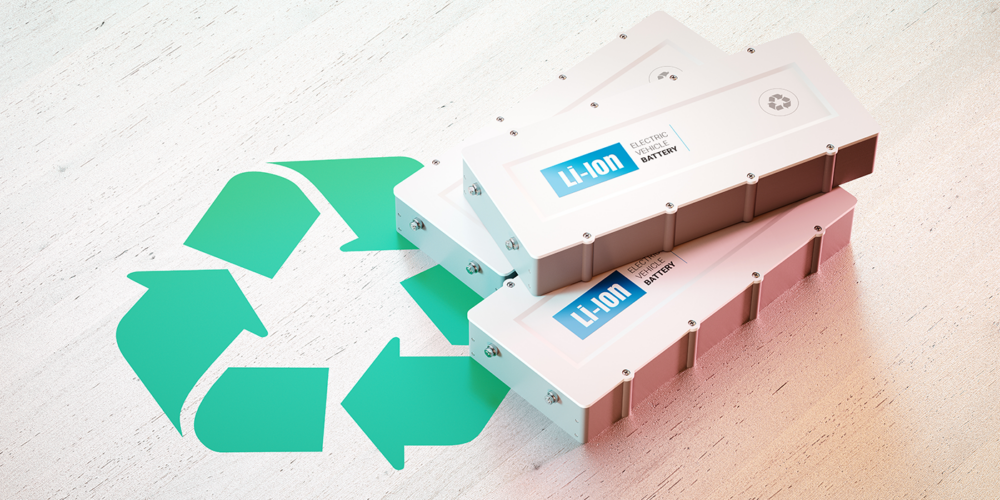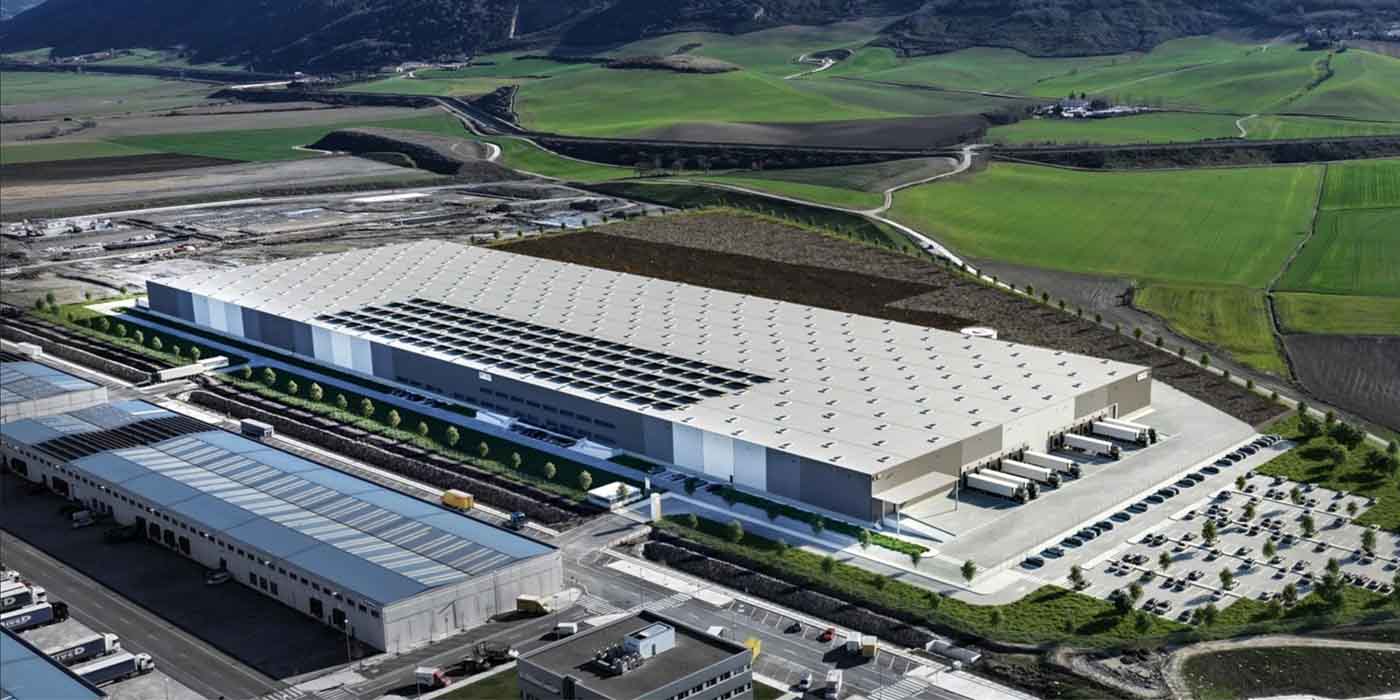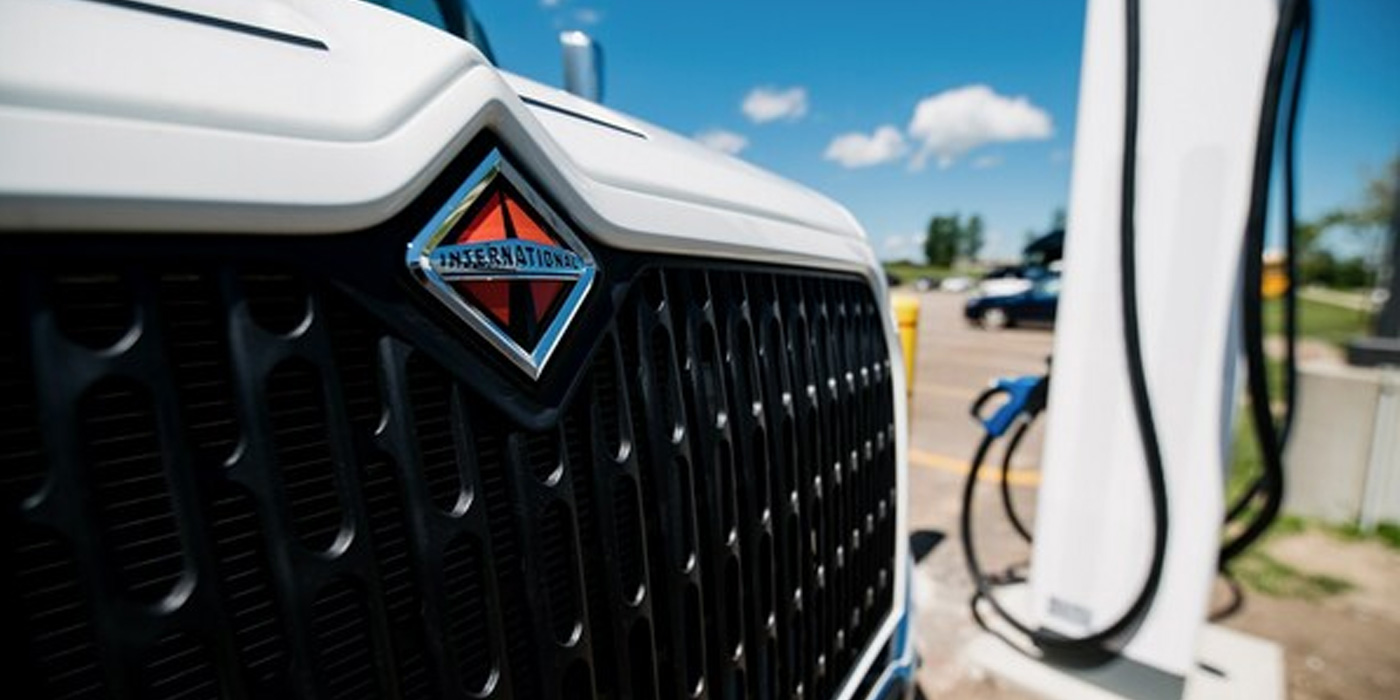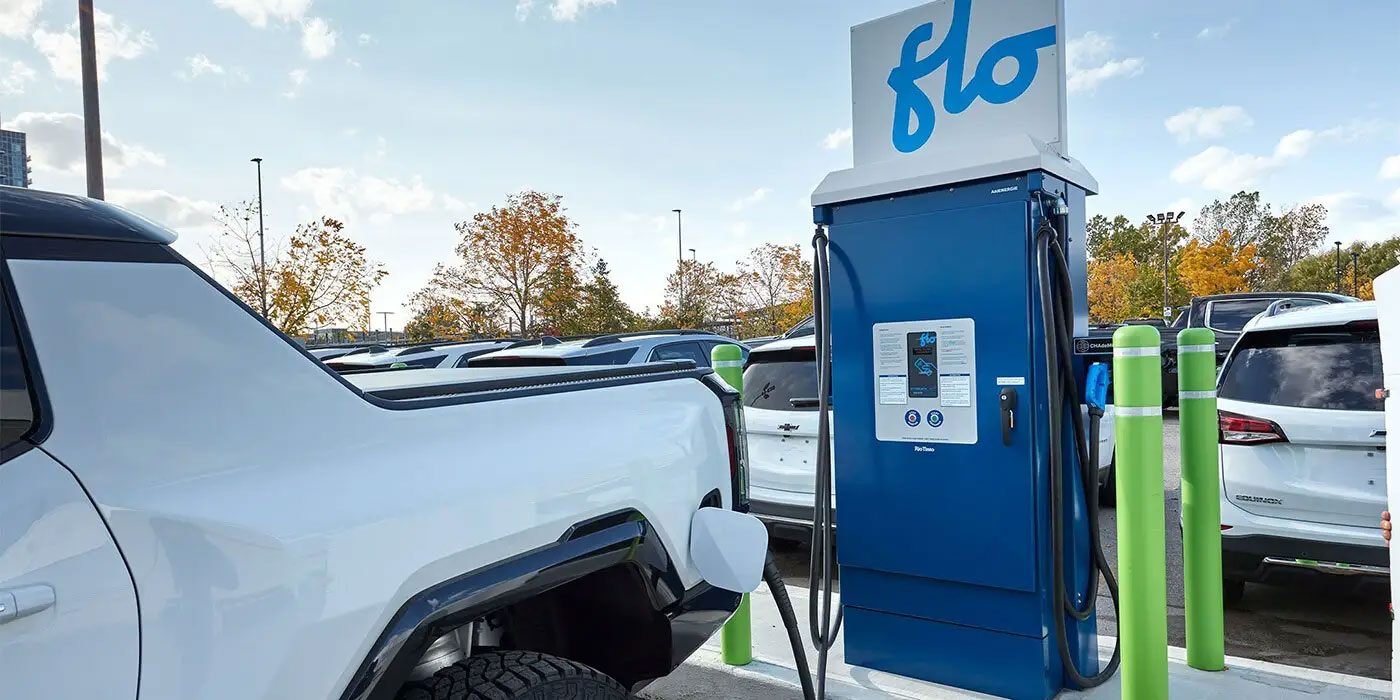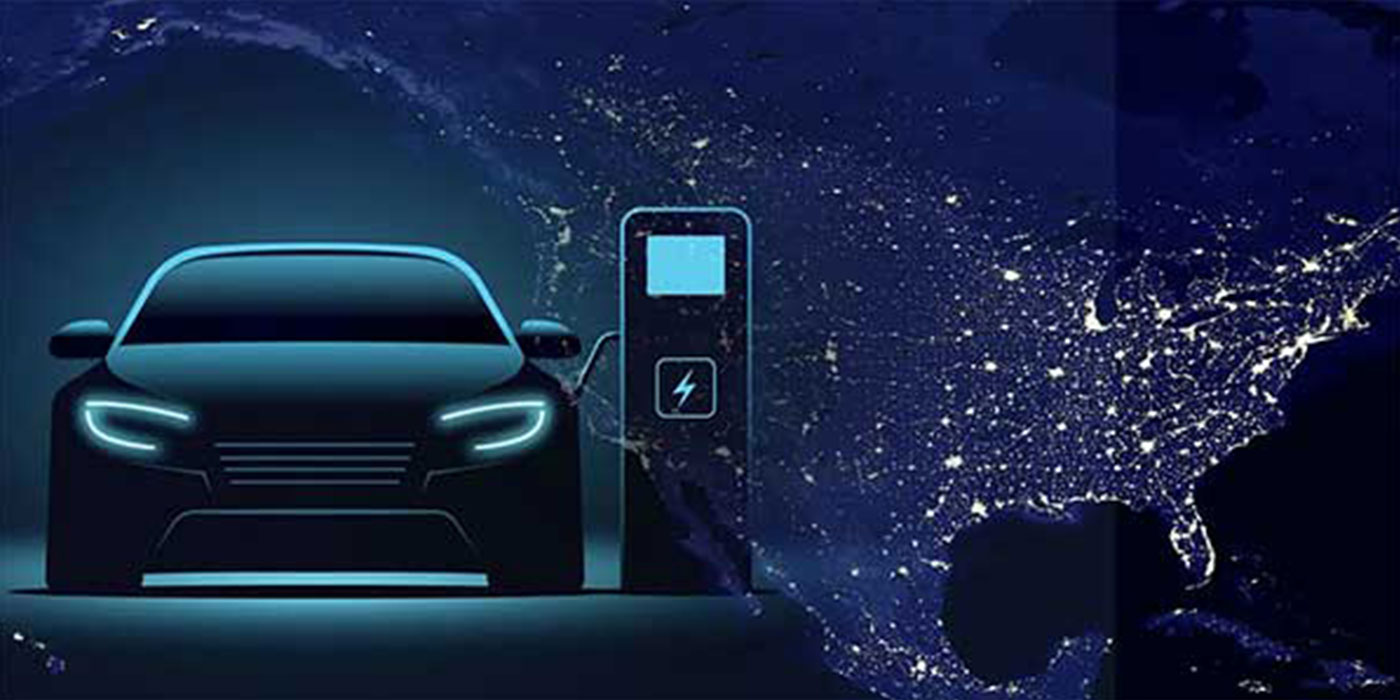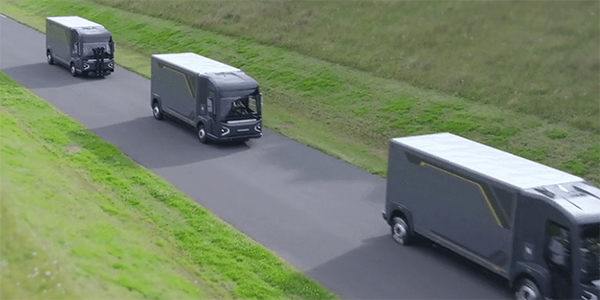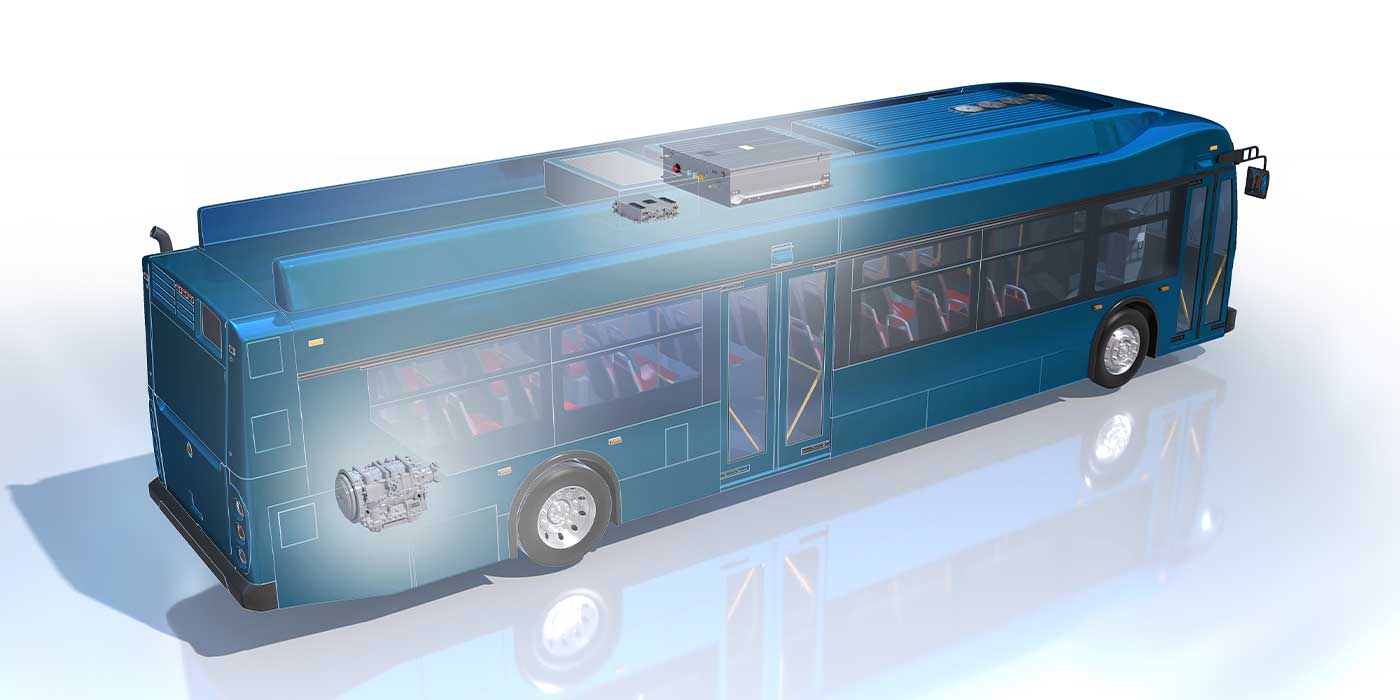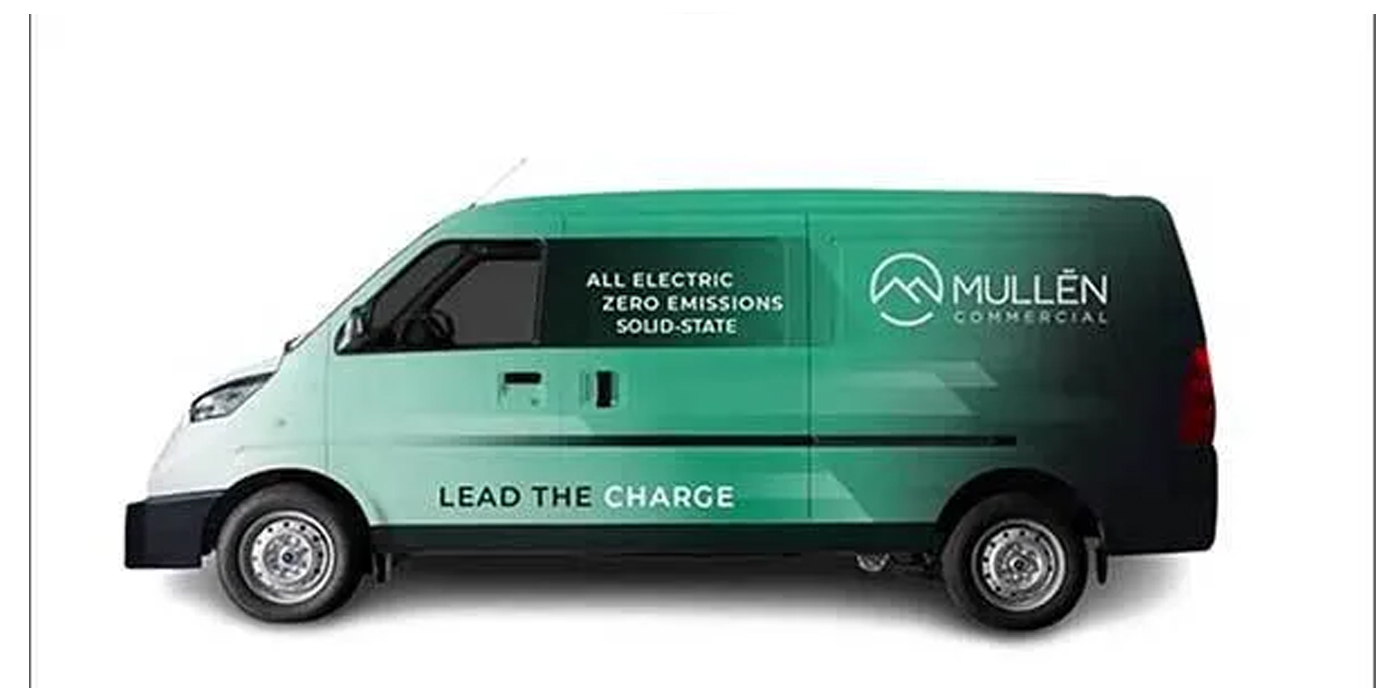Stellantis N.V. and Orano have signed a memorandum of understanding, aiming to establish a joint venture that would recycle end-of-life electric vehicle (EV) batteries and scrap from gigafactories in Europe and North America. This collaboration aims to bolster Stellantis’ access to essential materials like cobalt, nickel and lithium, crucial for the electrification and energy transition.
“The United Nations’ Sustainable Development Goals have highlighted the urgency to find sustainable solutions,” said Alison Jones, senior vice president of the Circular Economy Business Unit at Stellantis. Stellantis’s strategic plan, “Dare Forward 2030,” she added, underscores the company’s commitment to revamping its production and consumption patterns, aligning them with circular economy principles.
Orano’s low-carbon technology enables the recovery of all materials from lithium-ion batteries and supports the creation of new cathode materials, Stellantis said. This joint venture will produce a material commonly termed as “black mass” or “active mass.” Orano’s plant in Dunkirk, France, will refine this material, making it suitable for reuse in batteries, exemplifying a circular economy model.
Orano’s pre-treatment approach and hydrometallurgy technology can achieve metal recovery rates exceeding 90%. Such efficiency ensures compliance with the European Commission’s recycling standards for EV batteries.
“We are excited to collaborate with Stellantis in the domain of used electric battery recycling,” said Guillaume Dureau, Orano Group director of innovation, R&D and other specialized sectors.
Under Stellantis’ “Dare Forward 2030” plan, the company aims to multiply its recycling revenues tenfold, targeting over €2 billion (approx. $2.3 billion, depending on the current exchange rate) in circular economy revenues by 2030. The firm is also striving to achieve a net-zero carbon footprint by 2038.
The new recycling venture will offer Stellantis’ affiliates and other original equipment manufacturers (OEMs) an avenue to manage used batteries and factory scrap. Operations are set to commence in early 2026, utilizing Stellantis’ existing infrastructure. Both Stellantis and Orano will invest in training programs to equip their workforce with the necessary skills for this new venture.
Finalization of the joint venture hinges on the agreement of detailed documentation.

